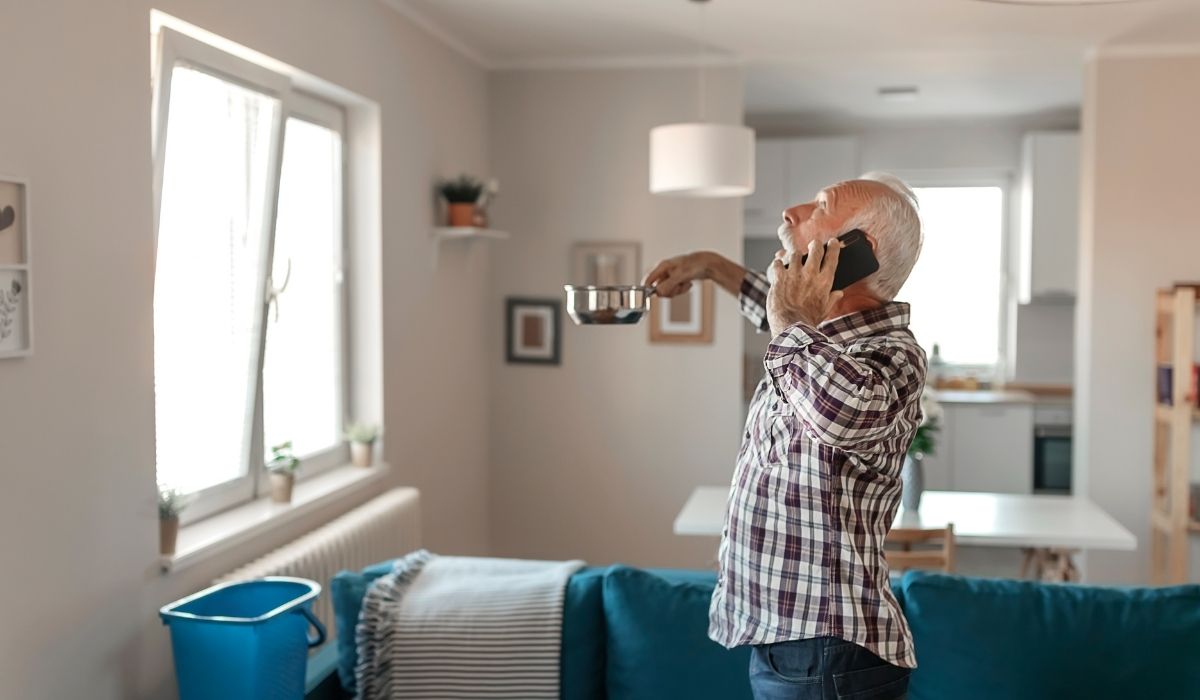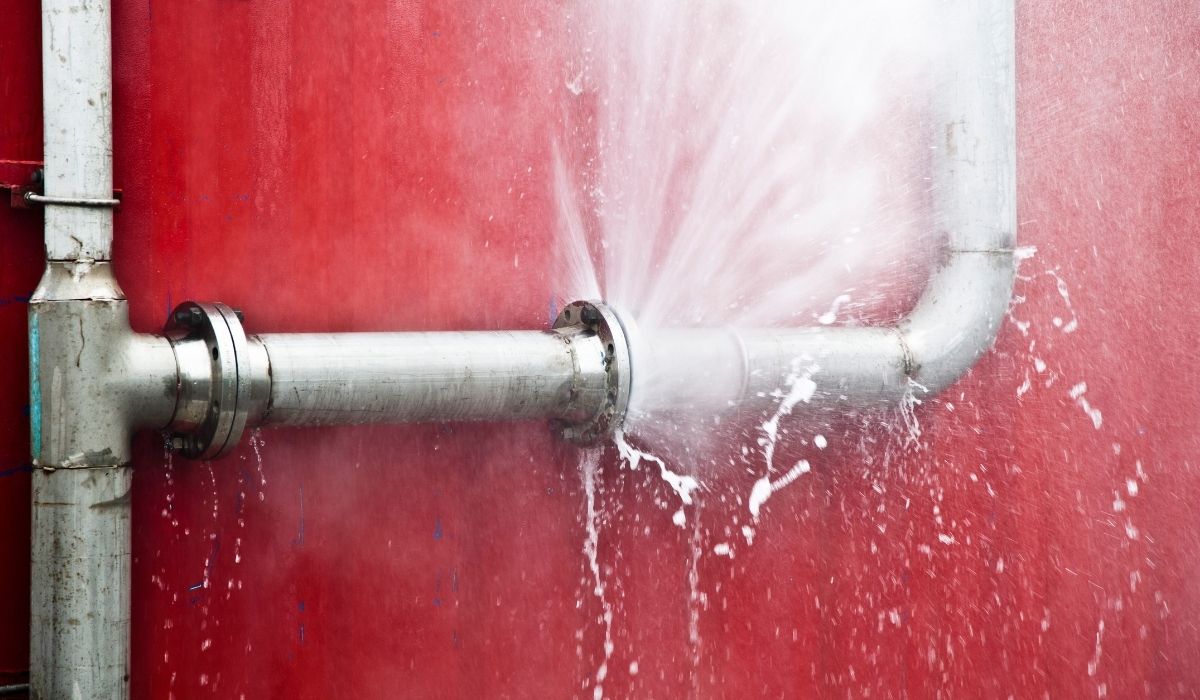Best Ways to Dry a Flooded Orange County Home
When your Orange County home floods, acting fast is key. Floods can happen from storms, leaks, or broken pipes, and they can cause serious water damage if not handled quickly. Whether you live near the coast or inland, knowing the best ways to dry a flooded home can save your carpet, drywall, and floor from lasting damage.
In this guide, we’ll cover step-by-step methods to remove standing water, reduce moisture, and prevent mold growth — following expert water damage restoration practices trusted across Southern California.
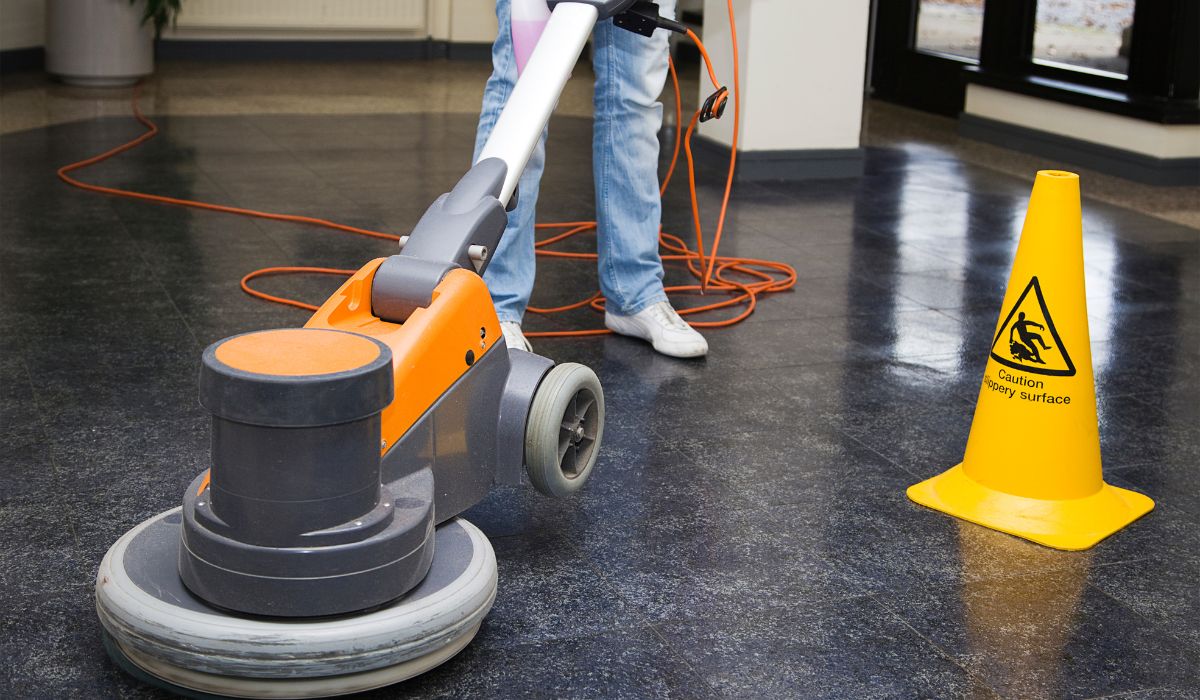
Why Fast Drying Matters After a Flood
After a flood, every minute counts. Standing water and humidity create the perfect environment for mold and bacteria to grow. The longer your home stays wet, the more likely your building materials — like wood, drywall, and carpet — will absorb moisture and begin to break down.
In Orange County’s warm climate, heat and humidity can make the drying process tricky. Without the right tools, evaporation slows down, and damage worsens. Acting fast helps you:
- Stop mold growth
- Protect your home’s structure
- Save belongings from water damage
- Prevent bad odors and sewage issues
Step 1: Ensure Safety First
Before you start cleaning or drying, safety is most important.
Turn Off Electricity and Gas
If water has reached outlets or wiring, shut off your home’s power. Contact an electrician before turning it back on.
Avoid Sewage and Contaminated Water
If the flood involves sewage, wear gloves, boots, and a mask. Contaminated water can carry bacteria and viruses.
Document the Damage
Take photos or videos for your insurance claim before you begin removing water or materials.
Step 2: Remove Standing Water
The first major step in drying your Orange County home is getting rid of all standing water.
Use a Pump or Wet Vacuum
For large floods, use a pump to quickly remove deep water. For smaller puddles or areas like the carpet, a wet vacuum can help pull out excess moisture.
Use Towels and Mops
In shallow water, thick towels and mops can help soak up moisture. Be sure to remove soaked materials right away to stop mildew.
Call Water Damage Professionals
If your home has major flood damage, hiring a water damage restoration company in Orange County is the safest route. They have high-powered vacuums, pumps, and dehumidifiers to completely dry your space.
Step 3: Remove Wet Items
Wet furniture, rugs, and clothing hold a lot of moisture.
Take Out Soaked Belongings
Move furniture, rugs, and electronics to a dry area. This helps airflow and evaporation inside your home.
Lift or Remove Carpeting
If the carpet is soaked, lift it off the floor or remove it entirely. Trapped water under carpet padding can damage wood and lead to mold growth.
Dispose of Damaged Materials
Any building materials like drywall or insulation that are too wet or swollen may need to be replaced.
Step 4: Start the Drying Process
Once the standing water is gone, it’s time to dry the structure.
Improve Air Circulation
Open windows and doors to create airflow. Use fans to move air across wet surfaces.
Use Dehumidifiers
A dehumidifier is one of the best tools for drying a flooded home. It removes humidity from the air and speeds up evaporation. Place it in rooms with the most moisture or water damage.
Increase Heat Carefully
Heat can speed up drying, but don’t overdo it. Use your HVAC system or space heaters on a moderate setting to help with evaporation.
Step 5: Dry Structural Materials
Some parts of your home will hold water even after it seems dry.
Drywall and Wood
Drywall and wood absorb moisture quickly. Use fans or a dehumidifier to draw out trapped water. If drywall is soft or crumbling, it may need replacement.
Floors
Wood floors can warp when exposed to flood water. Remove baseboards to let air circulate underneath. Use a vacuum or drying mats to remove water from cracks and seams.
Ceilings and Walls
If water came from a roof leak, open up ceiling or wall cavities to release trapped moisture.
Step 6: Prevent Mold Growth
Mold can begin to grow within 24–48 hours of a flood.
Clean and Disinfect
Wipe all surfaces with disinfectant to kill bacteria and prevent mold spores from spreading.
Monitor Humidity Levels
Use a humidity meter to keep levels below 50%. If humidity stays high, continue using your dehumidifier.
Call a Mold Specialist
If you notice a musty odor or dark spots, contact a mold remediation expert right away. Mold can hide behind drywall or under floors.
Step 7: Check for Hidden Damage
Even after your home looks dry, hidden moisture can remain.
Inspect Inside Walls
Use an inspection meter or hire a restoration company to check for damp building materials.
Check for Sewage or Plumbing Leaks
Sometimes flood water can damage pipes, leading to new leaks later on.
Evaluate Air Quality
Lingering odor or allergies can signal trapped mold or moisture behind walls or under flooring.
Step 8: Contact a Water Damage Restoration Expert
Professional water damage restoration companies in Orange County have tools that most homeowners don’t.
What Experts Do
- Use industrial dehumidifiers and air movers
- Check moisture inside drywall and wood
- Remove and replace damaged materials
- Disinfect and prevent future mold growth
Why It’s Worth It
Professionals can help you avoid bigger damage and save money in the long run. They also know local building codes and safety standards.
Step 9: Prevent Future Flooding
Once your home is dry, focus on prevention.
Fix Leaks
Repair any roof or plumbing leaks right away.
Improve Drainage
Ensure your yard has proper drainage so rainwater flows away from the house.
Maintain Gutters and Downspouts
Clean gutters to stop overflow and reduce the risk of flood inside your home.
Use a Sump Pump
A pump in the basement or crawl space helps prevent standing water during heavy rain.
Step 10: Restore and Rebuild
After your home is fully dry, restoration can begin.
Replace Damaged Materials
Swap out drywall, flooring, or insulation that was too wet to save.
Repaint and Refinish
Once wood and walls are fully dry, repaint or refinish to restore the look of your home.
Verify Everything Is Dry
Before closing walls or replacing floors, make sure moisture levels are normal using a moisture meter.
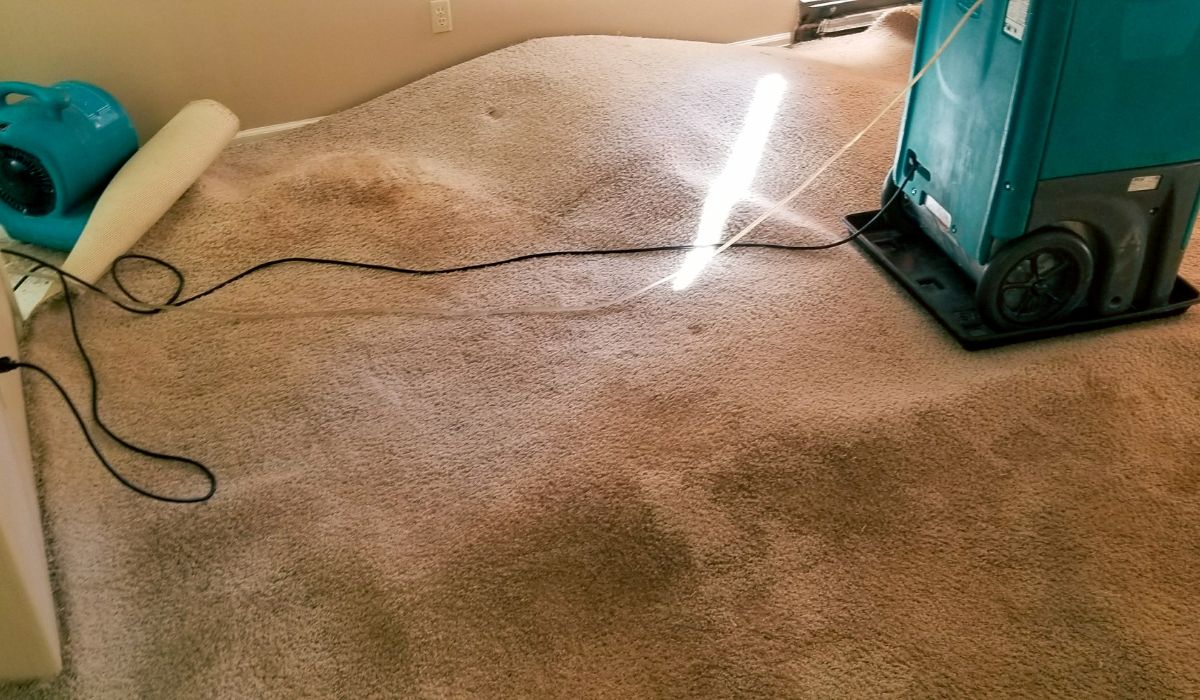
Expert Tips for Faster Drying
Here are some extra tips that professionals in Orange County use:
- Move air continuously with fans for faster evaporation.
- Keep windows open during the day if humidity outside is low.
- Use a dehumidifier even after surfaces feel dry.
- Check hidden areas like under carpet and behind drywall.
- Avoid using a vacuum on wet floors unless it’s made for water removal.
Why Orange County Homes Are at Risk
Orange County’s coastal climate makes homes vulnerable to flood damage. The combination of warm heat, high humidity, and sudden rainstorms means moisture can build up fast. Older homes with wood framing or poor ventilation are especially at risk for mold and water damage.
When to Call the Experts
If your home still feels damp after 24–48 hours, call a local water damage restoration company. They can test for moisture, handle drying, and prevent long-term damage. In cases involving sewage, always use professionals — it’s not safe to clean on your own.
Final Thoughts
Drying a flooded Orange County home takes time, patience, and the right tools. The key steps — removing standing water, using dehumidifiers, controlling humidity, and preventing mold — can protect your health and your property.
Whether it’s a minor leak or major flood, fast action and professional help will save your home from lasting water damage.
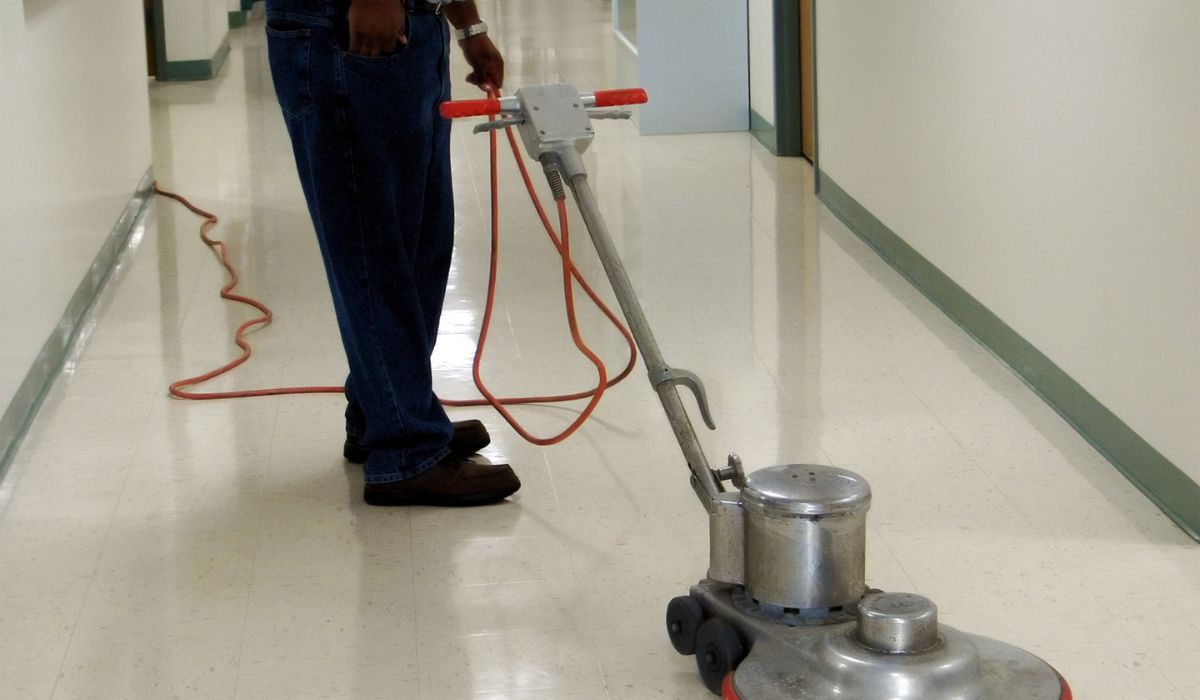
FAQs About Drying a Flooded Orange County Home
How long does it take to dry a flooded home?
It usually takes 3–7 days to dry a flooded home, depending on humidity, heat, and how much water damage occurred.
Can I dry a flooded home myself?
You can handle small spills using towels, fans, and a dehumidifier, but large floods or sewage problems should be left to water damage restoration experts.
Will carpet dry on its own after a flood?
No. Carpet traps moisture underneath. You’ll need to lift it or use a vacuum and dehumidifier to fully dry it and prevent mold.
What should I do about a sewage backup?
Avoid contact with sewage water. Call professionals who have the right equipment and protective gear for safe cleanup.
How do I know if there’s still moisture behind walls?
Use a moisture meter or call a restoration company for an inspection. Drywall and wood can hold water even when the surface looks dry.


